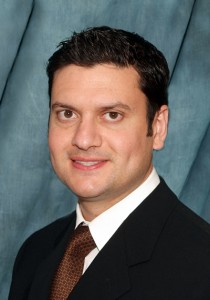
Message from your doctor…
Whether you or one of your family members or friends is considering ACL reconstruction, or are scheduled for surgery, I understand this can be a stressful time. You may have forgotten some of the information we discussed during our last visit, or forgot to ask me a specific question about what to expect. This site is designed to help us stay connected, and to answer some of the most common questions patients ask me about ACL reconstruction.
If you’re scheduled for surgery, please sign up below to receive pertinent post surgical and recovery information from me via text message or email. I want to make sure that both you and your family members have timely information at your fingertips during the days, weeks, and months following your surgery…so you can get back to enjoying the activities you love.
Do you have a surgery date?
Click below to sign up for our post surgery and recovery information program.
MOST COMMON QUESTIONS
Patellar Tendon Tenex
When can I go back to work?
This will vary, based on the nature of your job. If you have a desk job, you may return to work as soon as you are off the pain medication, comfortable driving, and feel that you may perform your job. For example, if your surgery is on a Friday, you could likely return to a desk job by Monday. If you have a more labor-intense job that may require more walking, squatting or heavy lifting, you may need at least 2-4 weeks off work. We can discuss this in more detail during your 1st post-operative visit and we can give you work status notes (including light duty if this is an option for your job).
When can I resume normal workouts?
Stationary bike/ elliptical machine: 2-3 weeks after surger
Light jogging: 6 weeks post op, but start on an even-surface/treadmill to make sure your knee feels comfortable
Swim: 1 month post op
Golf: 1 month post op. Please avoid excessive pivoting/twisting of the knee for a few weeks
Contact sports: resume play 8-12 weeks after surgery.
We can discuss any of your sports and exercise in more detail at your first post-op visit
*Slight increased swelling to the knee after exercise can be normal. Please ice after you exercise
Do I need to go to physical therapy?
Most patients benefit from therapy 2-3 times/week for up to 3 weeks. If you are making great progress in therapy, you may not need the full 3 weeks. Your physical therapist will help determine the optimal amount of therapy that is best for you.



